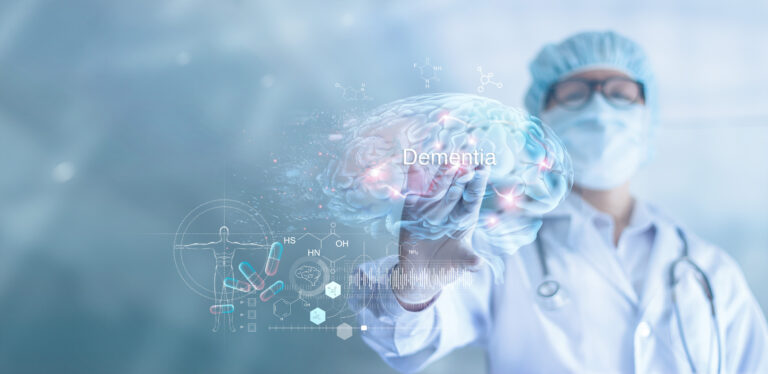Cerebral Palsy Brain Damage: Understanding the Causes, Symptoms, and Treatment Options
Cerebral palsy is a neurological disorder that affects a person’s body movement and muscle coordination. It is the most common motor disability in childhood, with about 1 in 345 children being diagnosed with it. While many people are familiar with the term cerebral palsy, there is often confusion about what causes it and how it affects the brain. In this article, we will explore cerebral palsy brain damage in detail, including its causes, symptoms, and treatment options.
What is Cerebral Palsy Brain Damage?
Cerebral palsy brain damage is a type of brain injury that occurs during or shortly after birth. It can also be caused by an infection or injury to the brain during early childhood. This damage affects the part of the brain that controls muscle movement and coordination, known as the cerebrum. The cerebrum is responsible for a wide range of functions, including voluntary movement, sensation, language, and memory.
The severity of cerebral palsy brain damage can vary from person to person. Some may only experience mild symptoms, such as difficulty with fine motor skills, while others may have more significant impairments, such as difficulty walking or speaking.
Causes of Cerebral Palsy Brain Damage
There are several different causes of cerebral palsy brain damage, and in many cases, the exact cause remains unknown. However, some common risk factors have been identified that increase the likelihood of a child developing cerebral palsy brain damage. These include:
– Premature birth: Babies born before 37 weeks of gestation have a higher risk of developing cerebral palsy brain damage.
– Low birth weight: Babies who weigh less than 5.5 pounds at birth are at a higher risk of developing cerebral palsy brain damage.
– Infections during pregnancy: Certain infections, such as rubella, cytomegalovirus, and toxoplasmosis, can increase the risk of cerebral palsy brain damage in a developing baby.
– Lack of oxygen to the brain: This can occur during a difficult delivery or as a result of other complications during pregnancy.
– Brain injury: Any damage to the brain during early childhood, such as from a fall or an infection, can cause cerebral palsy brain damage.
Symptoms of Cerebral Palsy Brain Damage
The symptoms of cerebral palsy brain damage can vary widely, depending on the severity and location of the damage. Some common symptoms may include:
– Abnormal muscle tone: This can manifest as stiffness, rigidity, or floppiness in the muscles.
– Difficulty with motor skills: This can include difficulty with fine motor skills, such as grasping objects, or gross motor skills, such as walking or running.
– Spasticity: Involuntary muscle movements and spasms can occur in some people with cerebral palsy brain damage.
– Delayed development: Children with cerebral palsy brain damage may reach developmental milestones, such as sitting up or crawling, later than their peers.
– Difficulty with speech and language: Damage to the speech centers of the brain can result in difficulties with speaking and understanding language.
– Seizures: Some people with cerebral palsy brain damage may experience seizures, which are a type of sudden electrical disturbance in the brain.
Treatment Options for Cerebral Palsy Brain Damage
While there is no cure for cerebral palsy brain damage, there are various treatment options available to help manage symptoms and improve overall quality of life. These may include:
– Physical therapy: This can help improve muscle strength and coordination and teach techniques for better movement and posture.
– Occupational therapy: This can assist with daily activities and tasks, such as dressing, eating, and writing.
– Speech therapy: This can help improve communication skills and address difficulties with speech and language.
– Medications: Certain medications, such as muscle relaxants, can help manage spasticity and muscle stiffness.
– Surgery: In some cases, surgery may be recommended to correct skeletal or muscle abnormalities that are causing mobility issues.
Early intervention is crucial in managing cerebral palsy brain damage. Children who receive timely treatment and therapy have a better chance of improving their motor skills and functioning.
In addition to medical treatment, support from family, friends, and the community is essential for those with cerebral palsy brain damage. Living with a neurological disorder can be challenging, and having a strong support system can make a significant difference in a person’s life.
In Conclusion
Cerebral palsy brain damage is a type of brain injury that affects the part of the brain responsible for muscle movement and coordination. While the exact cause is often unknown, there are identified risk factors such as premature birth and brain injury during early childhood. The symptoms of cerebral palsy brain damage can vary greatly, and treatment options are available to help manage symptoms and improve overall quality of life. With early intervention and support, individuals with cerebral palsy brain damage can lead fulfilling lives and reach their full potential.





